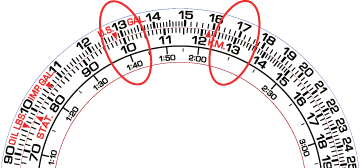 Over the years, multifunctional watches have set a trend far more durable and stronger than the distinctive luxury arena; yet, a lot among us plain chicken out when it comes to owning one. It’s not money, for that same person will settle for a pure gold or a super-titanium product paying almost double the amount. It’s just that putting to use those functions appear overwhelming to non-techs, but learning the uses are easier than you might think. For example, take an extremely handy tool in high-end multifunction – s, the circular slide rule.
Over the years, multifunctional watches have set a trend far more durable and stronger than the distinctive luxury arena; yet, a lot among us plain chicken out when it comes to owning one. It’s not money, for that same person will settle for a pure gold or a super-titanium product paying almost double the amount. It’s just that putting to use those functions appear overwhelming to non-techs, but learning the uses are easier than you might think. For example, take an extremely handy tool in high-end multifunction – s, the circular slide rule.
There’s something weird about the circular slide rule and that is it calls for ignoring the decimals while entering values. So, you will select the two-digit number that comes closest to the two of the most significant digits in the value; which means, if you need to enter a value of 5, the selection on the rule will be 50. If it’s 3.4, then you must select 34 and so on. A simple way to remember it is chucking the decimal; ignoring the last zeroes (or zero) and add to the answer the appropriate ‘power of ten’ that’s applicable. For example, if it’s [5,000 X 6.5], the entry will be [50 X 65] and you’ll have to figure out manually how many zeroes should follow. A good thing about it is it makes you quite intuitive and improves one’s ability for estimating correct answers. This comes handy when a lot of calculations need to be made at one go.
The slide rule comes in different types, so you got to determine its type first. We’ll start with the Outside and inside rules with identical scales ranging from 10 to 90.
These are C and D log-scales used for multiplications and divisions. There’s a multiplier on one scale while the other one creates a look-up table. So, multiplying [5X6] will require aligning 10 on the inner rule first with 50 on the outer rule. This is for setting the multiplier to 5. Next, line up the 60 (i.e. 6) on the inner rule and 30 will show on the outer rule. 30 is the answer. This grants the freedom to multiply any number by 5 without any further adjustments. Just look at any number on the inner rule and the answer will show in the outer rule. E.g. Multiplying 5 with 24 will align with 12 (120).
However, for numbers with decimals, you need to do it this way:
Say 8.5 * 8,000. Firstly, align 10 (inner rule) with 85 (outer rule). Next, look at 80 (inner rule); it has already lined up with 68 (outer rule). Now, place the decimal after three decimal places from the left. So, the answer is: 68,000.
To divide, reverse the multiplication process by aligning the two numbers that we are concerned with. The answer shows up next to the 10. For example, 90/5 is calculated by aligning 90 (outer rule) with 50 (inner rule). The inner rule 10 has already aligned with 18 (outer rule). But 5/9 will require a different approach, where 50 (outer rule) shall align with 90 (inner rule). The 10 (inner rule) now aligns a little past 91 (outer rule). You need to move two decimal points from the left to get the correct answer.
In the next installments, we will talk about distance, volume and time conversions and also the C and CI scales. Till then, get savvy with the above.














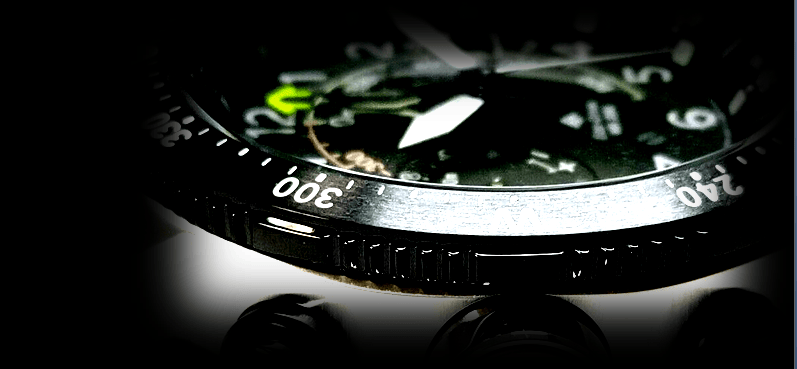






























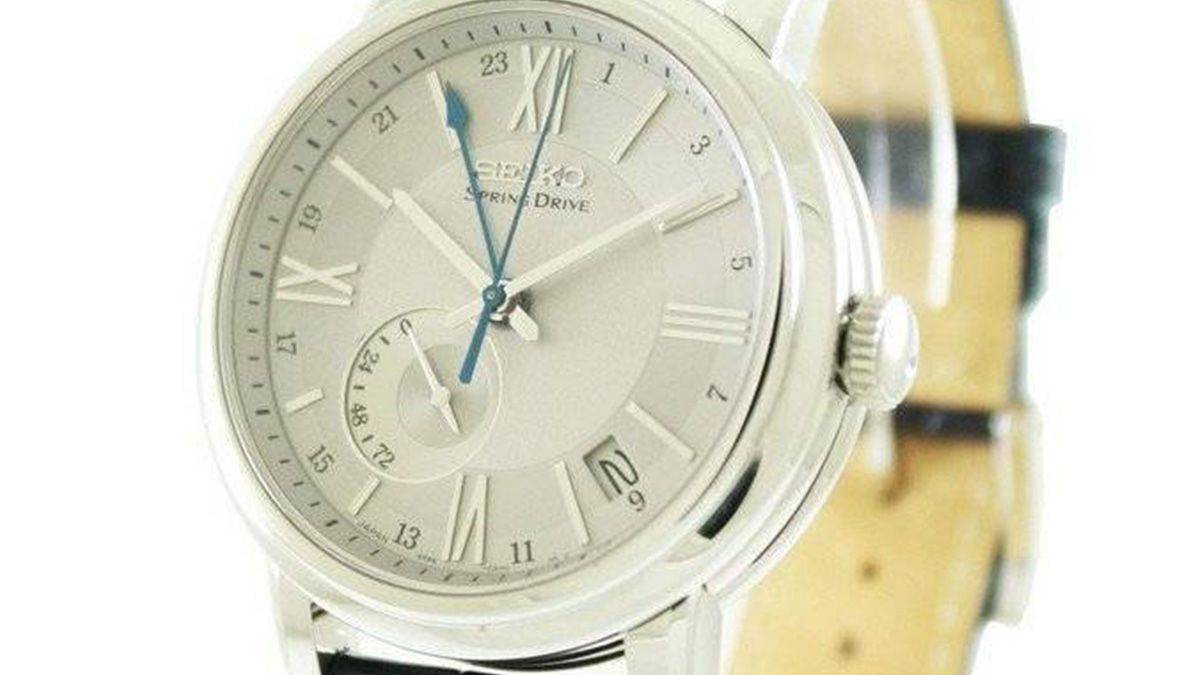































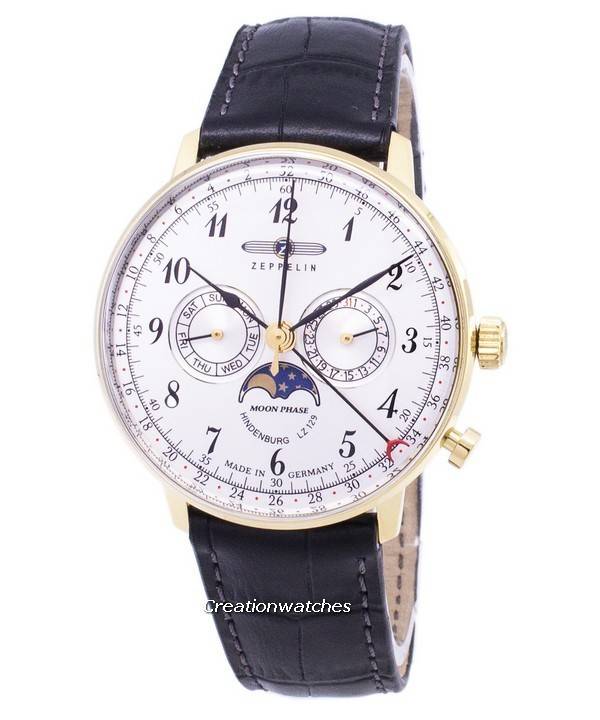















































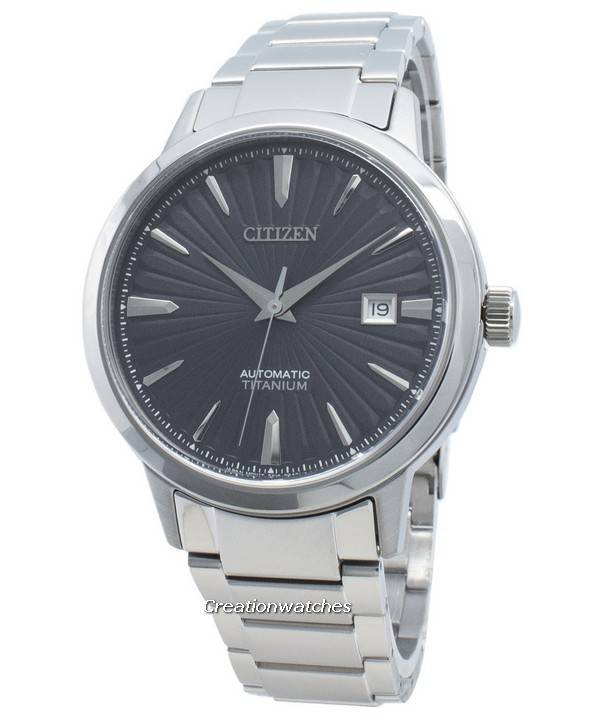














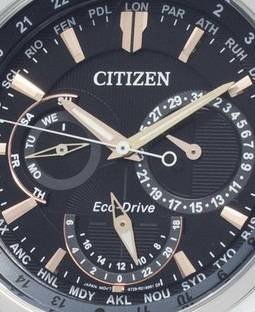













































































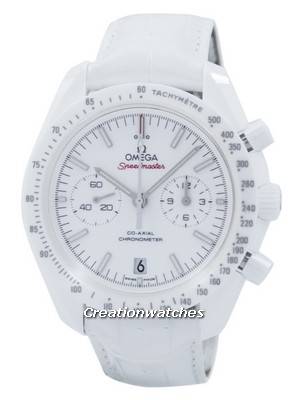


























Well said. I bought mine for its good looks. Never knew how to operate it quite. Thanks a ton.
Thanks